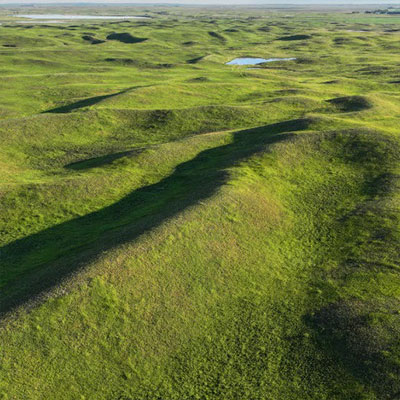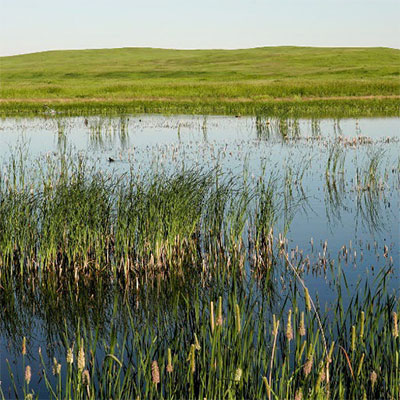Northern Harrier

NDGF
L 18”, WS 43”, 15 oz. Both the pale gray male and slightly larger, brown female, sport an obvious white rump patch.
Status in North Dakota
Occurs in North Dakota from mid-February to mid-November. Peak breeding season late April to mid-July.
Reason for SWAP Designation
At-risk, ND range important (SGCN b.).
ND ranks 3rd out of 24 states for highest percent of the global population (6.45%) during the breeding season (eBird).
The Northern Harrier is declining, and the population has decreased 37% since 1970 (PIF).
Threats
Loss of grassland and loss of grassland/wetland complexes.
Loss and degradation of wetlands, drainage and wetland consolidation.
Classified as climate-endangered, Northern Harrier is projected to lose more than half of its current distribution by 2050, with no net gains of new areas (Audubon).
Early cutting/mowing may destroy nests or young.
Changes in the harrier population size may be closely related to vole populations.
The use of insecticides and rodenticides may reduce prey availability.
Nest predation is a key source of mortality.
May avoid wind facilities, exhibit behavioral responses and displacement from areas within and surrounding wind turbines.
Research and Monitoring
Habitat requirements and demographic studies have been researched on the breeding grounds.
Additional information is needed on migration and wintering behaviors.
The Breeding Bird Survey, eBird and Partners in Flight Databases are key sources of information on distribution and population trends.
Management Recommendations
- Protect and conserve areas where complexes of high-density wetlands and large blocks of grassland remain intact.
- Reconstruct or restore grassland adjacent to existing tracts of grassland.
- Use tall, dense native grasses when replanting or restoring grassland.
- Graze or hay expired CRP. The density of Northern Harriers is 67% lower in CRP fields converted to cropland, but effects are less if expired CRP is converted to grazed grassland (-58%) or hayland (-29%).
- Delay mowing, haying or burning grasslands until after August 1.
- Periodically burn, mow, or graze to maintain an accumulation of residual vegetation.
- Minimize human disturbance near nests.
- Follow beneficial or best practices during the design, siting, construction, operation, and maintenance of tall structures (e.g. transmission lines, communication towers, wind turbines).




